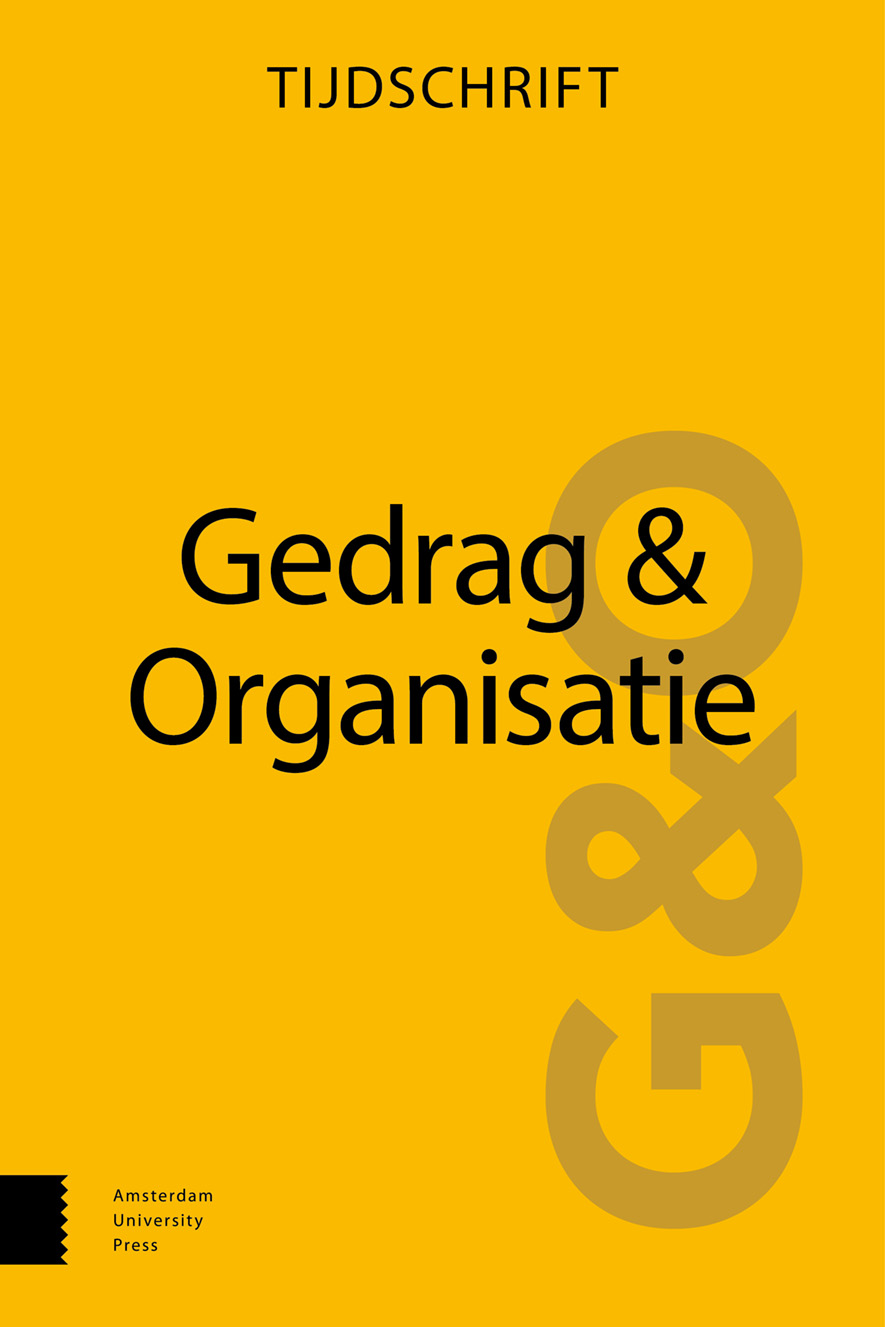
Full text loading...
We use cookies to track usage and preferences.I Understand
 & Karin Proost2
& Karin Proost2
Bestuurders en commissarissen in de top van ondernemingen en organisaties moeten regelmatig besluiten nemen waarbij ze te maken hebben met tegenstrijdige belangen en conflicterende morele normen. Deze afwegingen en besluiten worden vaak bekritiseerd, en zelfs immoreel of onethisch genoemd. In deze studie wordt de relatie onderzocht tussen morele identiteit en geslacht van commissarissen en hun morele oordeelsvorming. We onderscheiden in morele oordeelsvorming (1) utilitaristische overwegingen, waarbij belangen worden afgewogen, in een rationeel proces, en (2) deontologische overwegingen, waarbij de consistentie met morele normen bepalend is, in een meer emotioneel proces. In ons onderzoek onder 145 Nederlandse commissarissen is de morele identiteit gemeten. Met negen morele dilemma’s en de process dissociation procedure zijn aparte scores berekend voor utilitaristische en deontologische overwegingen. Het private deel van morele identiteit (internalisering) en het geslacht van de commissarissen bleken voorspellend voor deontologische overwegingen, maar niet voor utilitaristische overwegingen. Mannelijke en vrouwelijke commissarissen verschilden dus vooral in het snelle, meer intuïtieve proces van deontologische morele oordeelsvorming.

Article metrics loading...

Full text loading...
References


Data & Media loading...

